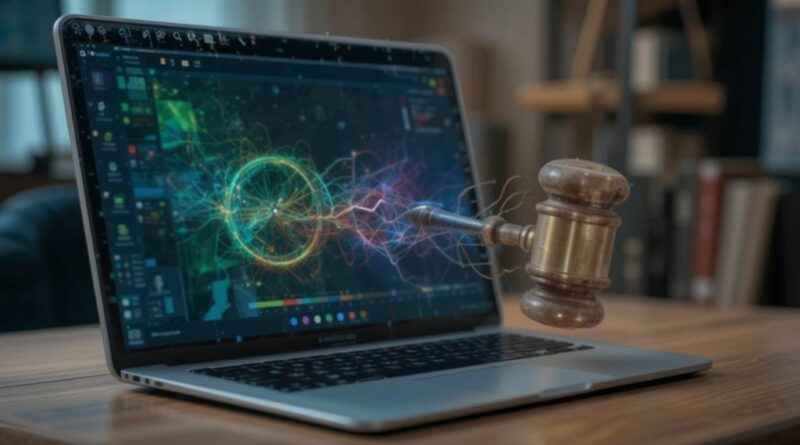How to Record WebRTC Calls (Securely & Legally)
WebRTC has transformed how we communicate online, offering low-latency audio, video, and data streaming directly between browsers. But what if you need to record a WebRTC call — for training, compliance, or quality assurance? The process isn’t always straightforward, and there are legal considerations to keep in mind.
Here’s how to do it the right way.
🎥 How WebRTC Call Recording Works
Unlike traditional VoIP platforms, WebRTC does not come with a built-in “record” button. Instead, recording usually happens in one of two ways:
- Client-side recording — capturing the stream within the browser.
- Server-side recording — routing streams through an SFU (Selective Forwarding Unit) or MCU (Multipoint Control Unit) for centralised capture.
🛠 Methods for Recording WebRTC Calls
1. Client-Side Recording
- Use
getUserMedia()to access audio/video streams. - Pass them to the MediaRecorder API to save locally.
Best for: personal use, small teams, lightweight training sessions.
Pros:
- Simple to implement.
- No additional infrastructure needed.
Cons:
- Depends heavily on user’s device performance.
- Difficult to reliably capture all participants.
2. Server-Side Recording
- Route media through an SFU/MCU such as Jitsi Videobridge or Janus Gateway.
- Record streams centrally in formats like MP4 or WebM.
Best for: large meetings, compliance-heavy industries, and enterprise setups.
Pros:
- Records all participants clearly.
- Scales well for conferences.
Cons:
- Requires additional infrastructure.
- More complex to set up and maintain.
🔐 Security Best Practices for WebRTC Recording
- Always use TLS/DTLS encryption for signalling and media channels (IETF DTLS overview).
- Store recordings in encrypted formats (e.g., AES encryption).
- Apply role-based access controls (OWASP Access Control Guide) so only authorised staff can view recordings.
⚖️ Legal Considerations
Recording calls without consent can land you in legal trouble. Regulations vary by region:
- One-party consent: Only one participant needs to agree (US state laws summary).
- All-party consent: Everyone must agree (required in the UK, South Africa, and much of the EU under GDPR).
Best practice: Always inform participants that the call is being recorded — either with a written notice or an audible prompt at the start of the session.
✅ Summary Checklist
- Decide between client-side or server-side recording.
- Use strong encryption for security.
- Obtain clear participant consent before recording.
- Store files safely with restricted access.
Final Thoughts
Recording WebRTC calls can be invaluable for training, compliance, and improving service quality — but only if handled correctly. By combining the right recording method with strong security practices and legal compliance, you can keep your communications both useful and protected.
For more articles like this one, visit Softpage for expert VoIP and WebRTC insights.



